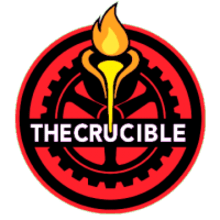WeldingMetal
Welding 101: The Comprehensive Online Guide
By Kristin Arzt
What is welding?
Welding is a fabrication process of joining metals together using heat.
There are many different kinds of welding: oxy-acetylene gas welding, arc or stick welding, metal inert gas (MIG) welding, and tungsten inert gas (TIG) welding. Each of these types of welding uses gas, electricity, or both, to fuse metals together. The type of welding you choose depends on the type of metals you would like to weld together and the resources available.
- MIG Welding – Gas Metal Arc Welding (GMAW)
- TIG Welding – Gas Tungsten Arc Welding (GTAW)
- Stick Welding – Shielded Metal Arc Welding (SMAW)
- Flux Welding – Cored Arc Welding (FCAW)
- Energy Beam Welding (EBW)
- Atomic Hydrogen Welding (AHW)
- Oxy-Acetylene welding
- Plasma Arc Welding
What does a welder do?
In essence, a welder’s main task is to join metal parts together. The project can be anything from welding an artistic sculpture to fixing structural damage on a building. A welder may work on fabrication and repair jobs such as welding pipelines, gates, ships, submarines, bridges, buildings, oil refineries, cars, and more.
The first step in welding is generally to come up with a plan by studying blueprints and engineering drawings to be prepared and approach the job safely. Once the welder is familiar with the job at hand, they will select the best equipment and materials for the project.
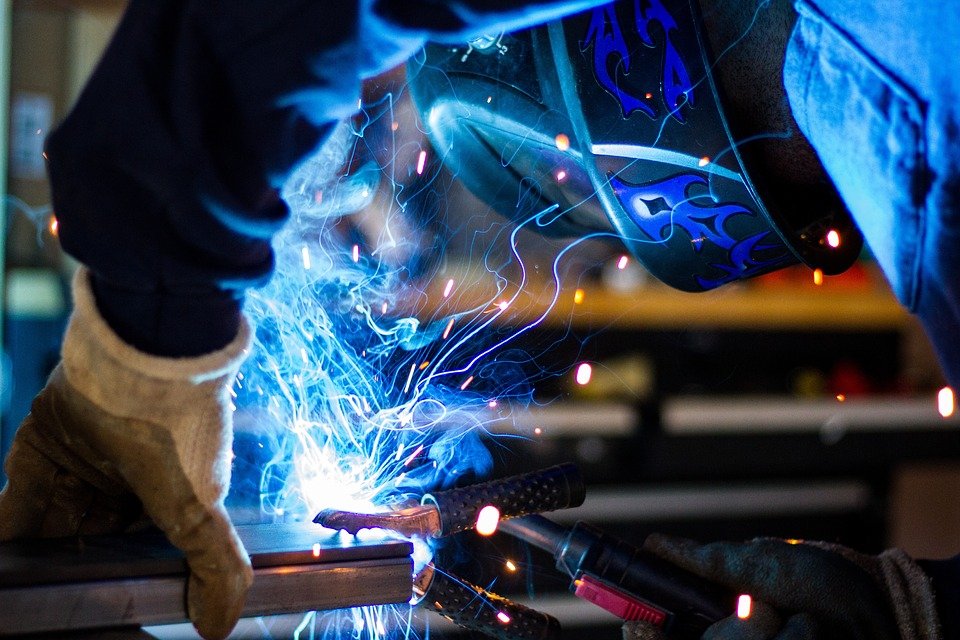
How to learn welding
You can learn how to weld from a friend, at an art school, through an online video tutorial, or at a technical trade school. Welding is an extremely technical and labor-intensive field that requires practice and precision. Welders operate large machinery and work with delicate materials using high heat. Make sure you are prepared before you begin to learn to weld.
Do your research
Before you start, educate yourself on the different types of welding and decide which type is right for you. Become clear on exactly what you want to get out of your new skill—are you interested in welding as a hobby, art form, or new career?
Know your goals
There are many possibilities when you are first starting out with welding. It is a great way to make fun projects at home—yard and garden art or sculptural pieces. With enough practice and technical skill, welding can also be a pathway to a lucrative career.
Find classes near you
Depending on what you decide your goals are when you start to learn welding, you will find there are a few ways to get started. There are many certifications available to welders, depending on the skillset you earn and the welding career you plan to work in. Some high schools and community colleges offer vocational programs. The main certification employers will require is passing the basic American Welding Society Certified Welder test, which you can take at any accredited testing facility.
If you are interested in pursuing welding for personal projects, or simply want to explore which type of welding is right for you, The Crucible offers a vast range of welding classes that are open to the public.
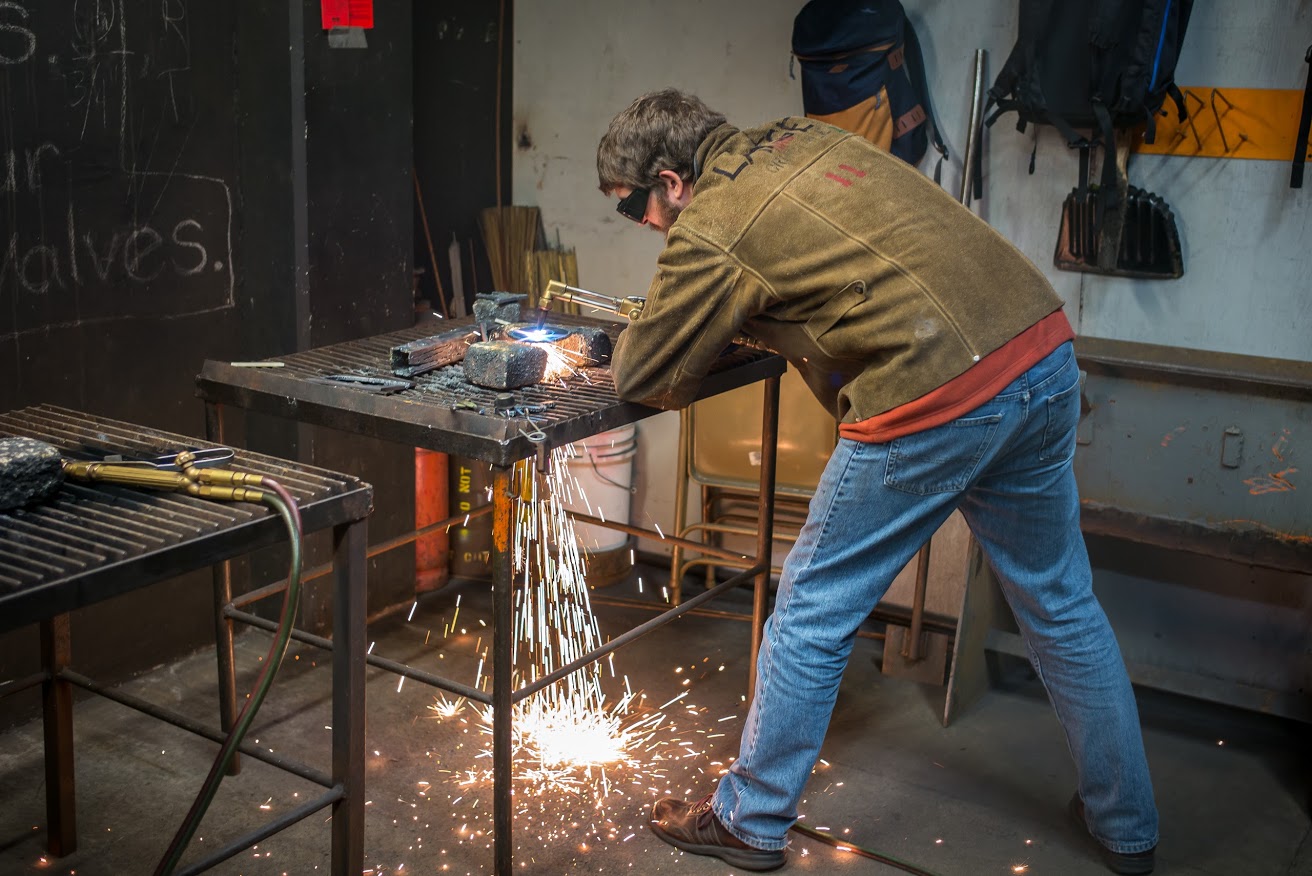
Welding at The Crucible
The Crucible teaches beginning and advanced classes in four different kinds of welding: oxy-acetylene gas welding, arc or stick welding, MIG welding, and TIG welding. Start with a beginning class in one type of welding, or sample all four types in our Exploring Welding class.
MIG Welding
MIG Welding (metal inert gas) is often considered the best welding for beginners hoping to learn quickly. Frequently compared to a glue gun, with a MIG Welder students will soon be welding together complicated designs and large structures. A MIG welding machine focuses electricity along a moving metal wire fed through a hose to a handheld torch. In a class at The Crucible, students learn to manipulate this torch as the electricity melts the wire and creates a weld.
ARC Welding
ARC Welding is an older form of welding and the only welding that can be safely done underwater. Mastering the art of creating the arc with an ARC welder is comparatively more challenging than MIG Welding. Learn to join pieces of metal using arc welding, also known as stick welding. Instructors teach you to slice through metal with the hot flame of an oxyacetylene torch, and to use power and hand tools to finish your work. You can also learn advanced joints, welding positions, and techniques in arc welding and oxy-acetylene torch cutting.
TIG Welding
If you are looking to weld metals other than steel, TIG (Tungsten Inert Gas) Welding will be your welding of choice. TIG welding is often described as using a sewing machine to weld, and involves both hands and often a foot pedal. TIG or GTAW (Gas Tungsten Arc Welding) is the type of welding commonly used for delicate work and non-ferrous metals. It uses an AC/DC power source, a non-consumable tungsten electrode, and inert gas to form an arc and create a weld. Using cold-rolled steel, TIG Welding class begins with a series of small exercises and progresses into a challenging technical project, giving you a foundation in basic metallurgy, preparation, joints, technique, and safety. You will also learn how to weld other types of metals, with an emphasis on aluminum and stainless steel.
Oxy-Acetylene Welding
Welding with heat produced by burning gases is one of the oldest methods of welding, dating back to ancient Greece. Oxy-acetylene is one of the most versatile types of welding. You can use it to weld iron or steel, and also use heat to cut, braze, and weld metals. It comes in handy for removing rust or scale from metals, and for loosening corroded nuts and bolts.
Forge Welding
Forge welding is a process used to join two pieces of metal together by heating them to a high temperature and then hammering them together. While it differs in practice and technical skill from electric and gas welding, forge welding is one of the oldest methods of joining metals. Check out our guide to forge welding to learn more.
3-Hour Tasters
The Crucible offers short, 3-hour long welding classes that introduce you to welding and give you the opportunity to make a small welded project. Learn the basics of stick welding or MIG welding and plasma cutting in just three hours.
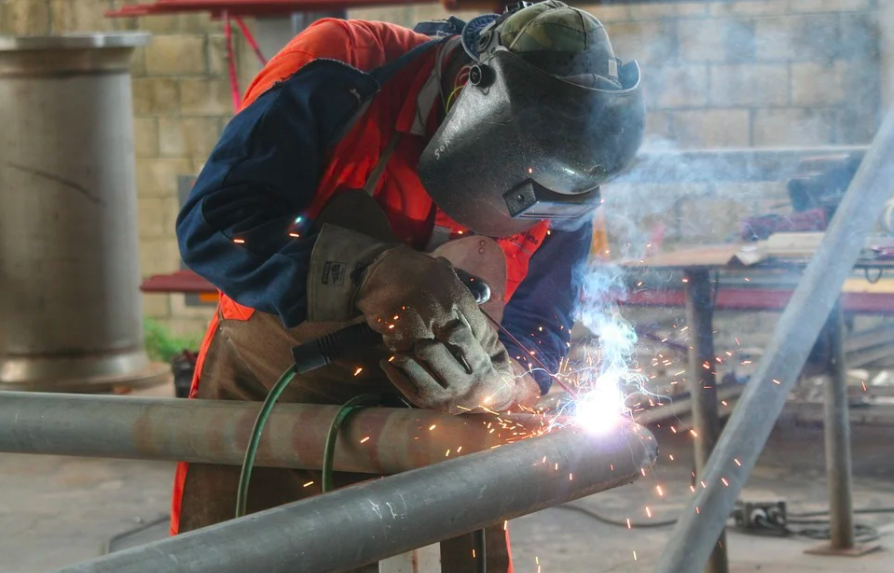
Welding FAQs
Is welding hard to learn?
At first, it may be intimidating, but after throwing a few sparks, welding is not difficult to learn. It will however take years of practice miles of weld beads to be truly great at it. The extent of the challenge depends on the type of welding you are practicing and whether or not you are making weight-bearing, functional objects or visually interesting sculptural objects.
In general, MIG Welding is the easiest and most common welding to learn, but all types of welding are possible to master. The Crucible begins teaching youth as young as 12 years old to weld. When you are first learning to weld, you will likely find that it is moderately difficult. Once you grasp the technical foundations of welding, it takes years of hands-on practice to master.
Can I teach myself to weld at home?
It is helpful to learn in-person from an instructor to provide feedback, and with that, you may learn more quickly than teaching yourself at home. However, it is possible to learn welding at home through videos and online tutorials, with plenty of practice. If you have a safe space, like a garage, to set up a welding shop, you can learn to weld with a wire-feed welder that uses ordinary household electrical current to produce an extremely hot electric arc.
Do I need a welding certificate from a program or school?
You do not need a welding certificate or license to weld. You can learn to weld in public in classes, like those offered at The Crucible. Many students who are interested in pursuing welding as a career start out by taking a class at The Crucible to determine whether or not they want to commit the time to a full program. The Crucible is not an accredited welding program and does not provide licenses or degrees upon completion of welding classes at The Crucible.
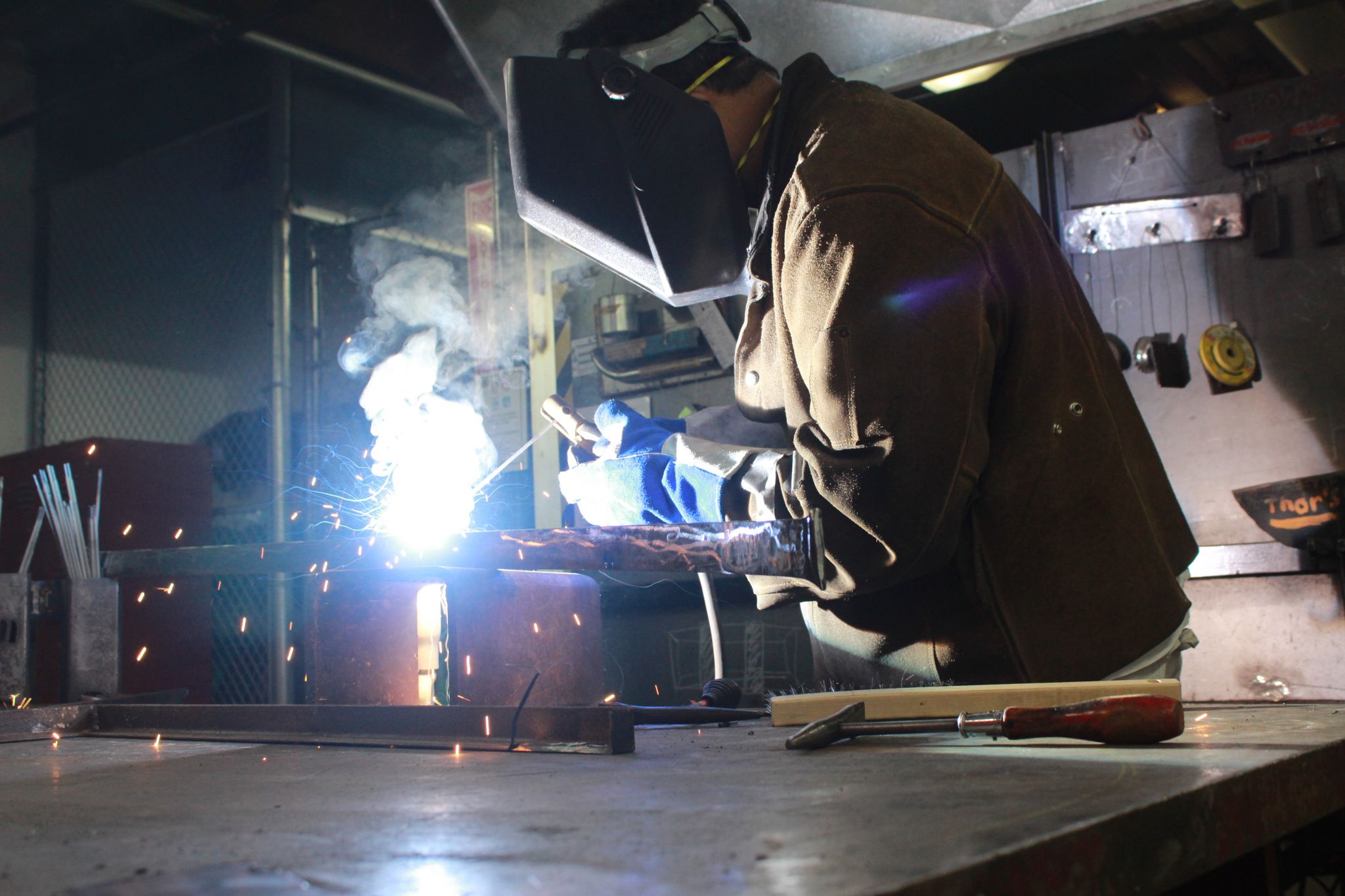
If you are interested in working in welding as a career, there are a number of certifications and licenses offered that employers may require. American Welding Society is a great resource for learning how to get certified. You can also enroll in and complete a welder’s training program at a vocational school or local community college. If you are local to the SF Bay area, Laney College offers an excellent certification program.
What type of welding is the strongest?
TIG welding is generally the strongest and most precise type of welding. It produces cleaner, higher quality welds than MIG welding or other welding methods.
How much do welders make?
The average rate for a welder in the United States is $17.60 per hour, which adds up to around $45,000 annually. Experienced welders can make as much as $35 per hour. Specialty welders can make anywhere from $50,000 to $200,000 annually. Traveling industrial pipe welders earn up to $185,000.00 a year, and underwater welders can earn over $200,000.
